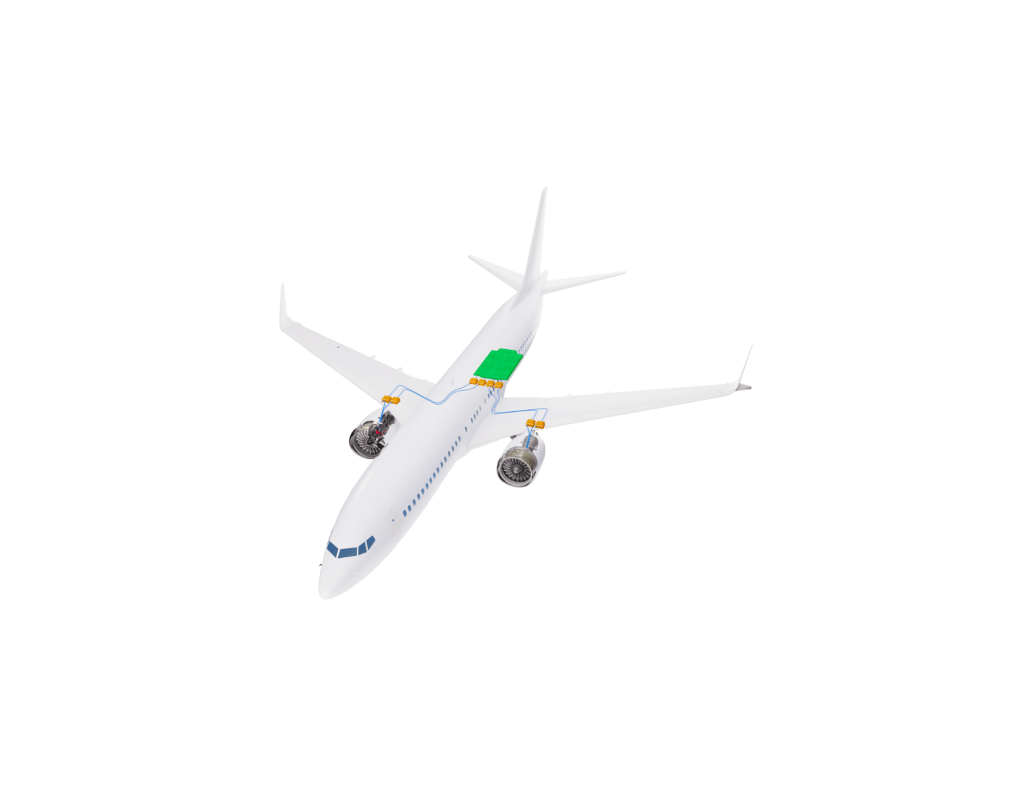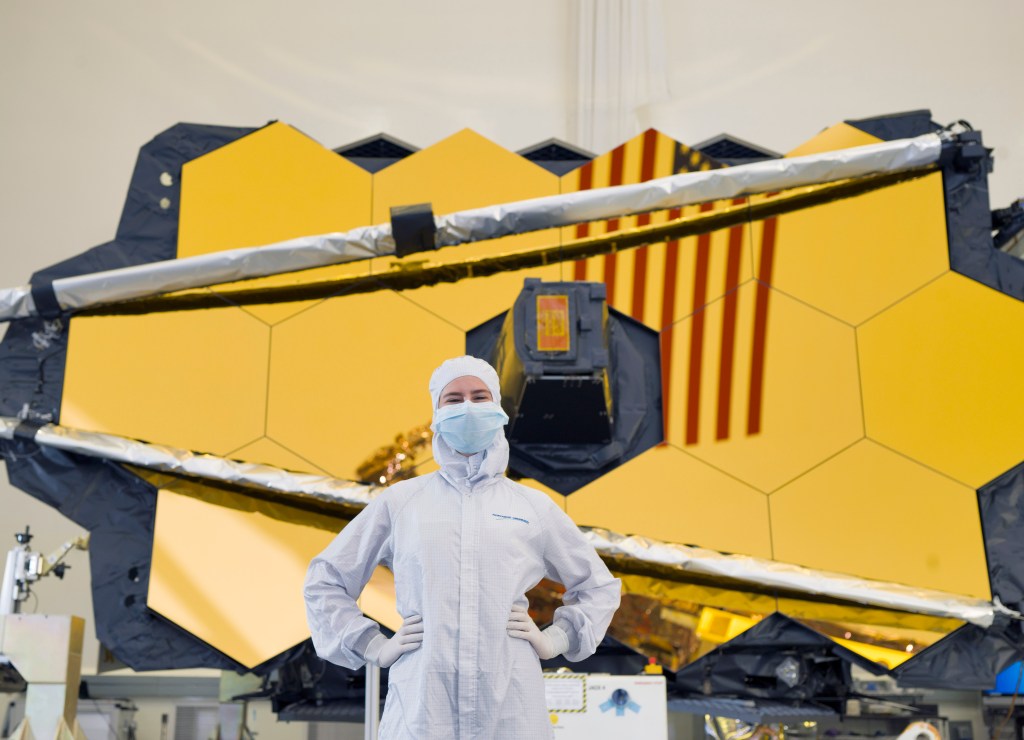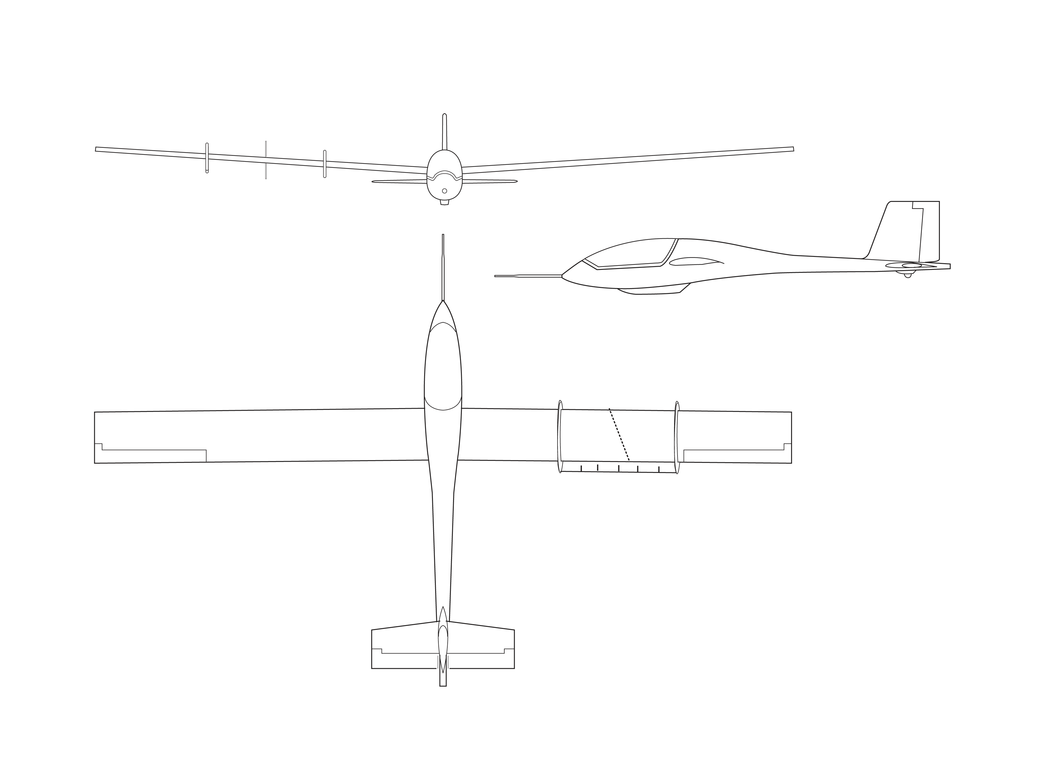
EG-0004-01
The Apex High-Altitude Flight Experiment at NASA Dryden Flight Research Center was intended to probe the aerodynamics of controlled subsonic flight at very high altitudes near 100,000 feet. The unpowered aircraft incorporated a unique wing airfoil designed to maintain stable horizontal flight in the rarified air of those altitudes. The Apex was to have been towed tail-first to an altitude of about 105,000 feet by a large high-altitude balloon, released nose-down and transitioned to horizontal flight above 95,000 feet.
The data collected by the Apex experiment was intended to help validate airfoil design codes for future extremely high-altitude aircraft as well as the Mars Airplane proposed by NASA to aid exploration of the red planet. However, the project was cancelled in 1999 before the aircraft was completed. Data for flight at extremely high altitudes subsequently was obtained during the Helios solar-electric aircraft’s record altitude flight in 2003.

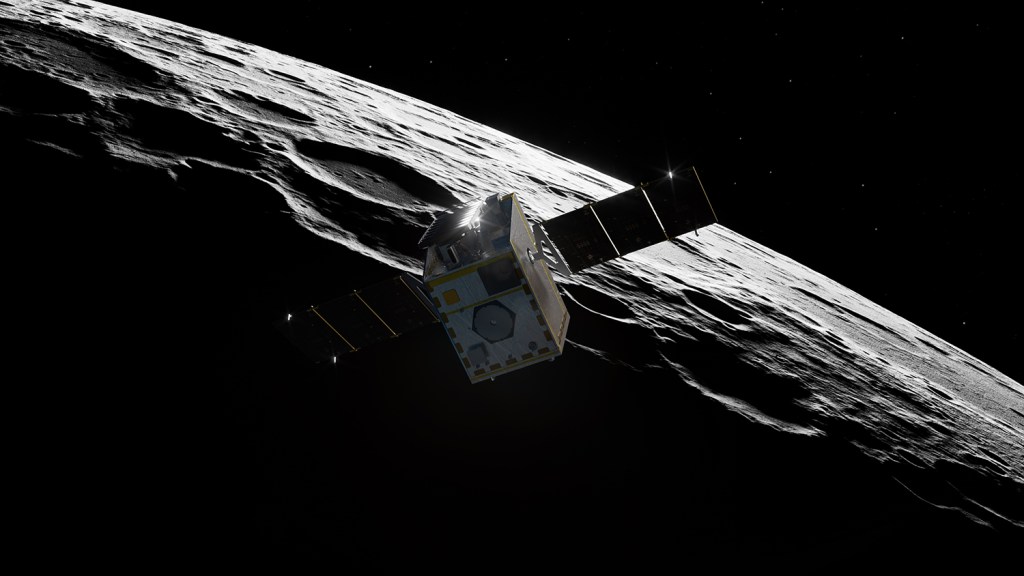







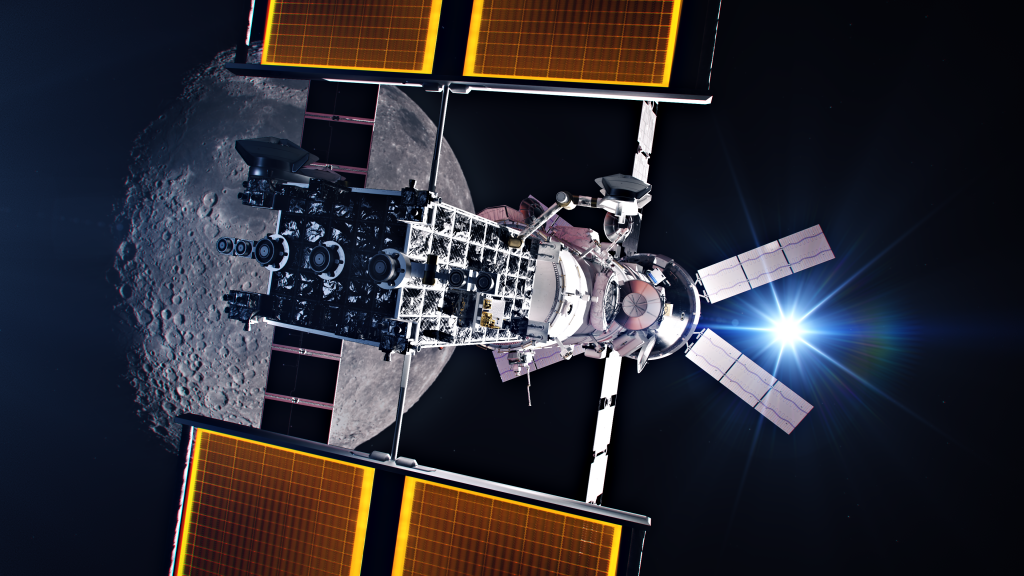







![In Memoriam: Jeff Dozier [1944–2024]](https://assets.science.nasa.gov/dynamicimage/assets/science/esd/earth-observer/2025/2025-in-memoriam/InMemoriam-Dozier1.jpg)

